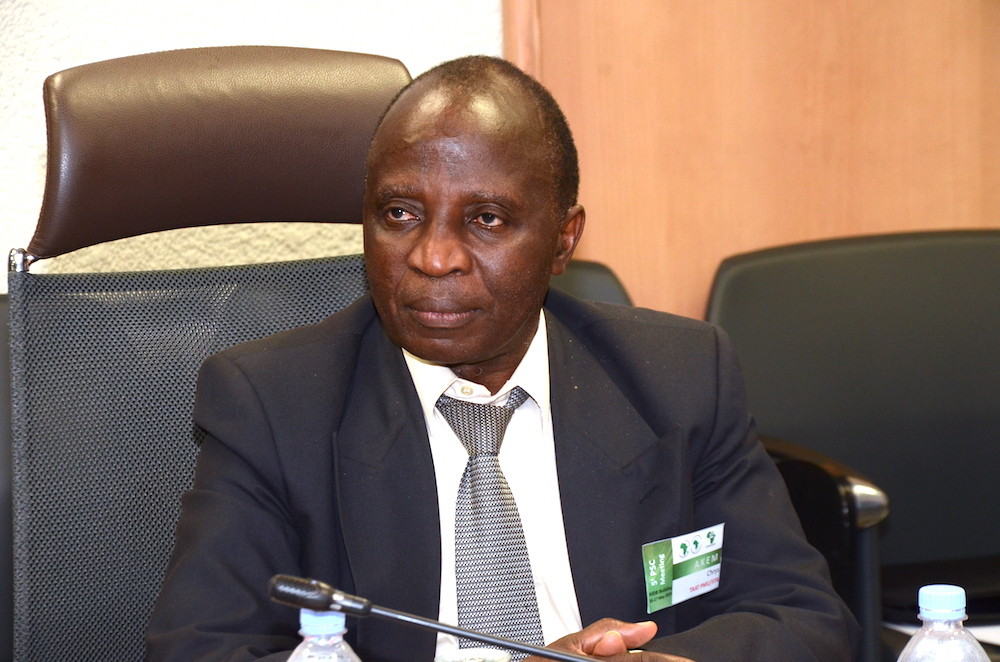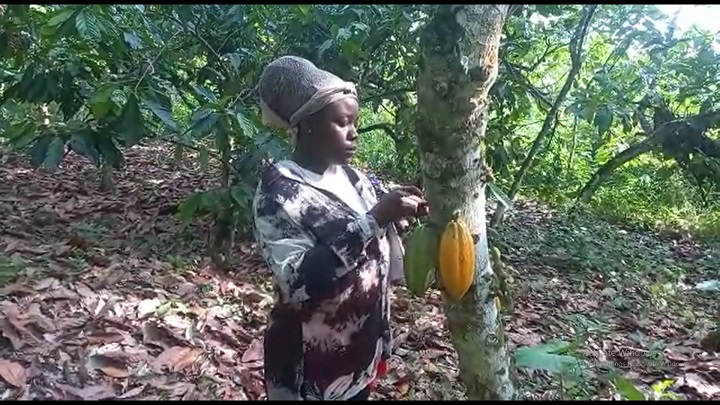
In this Interview with journalists, the Programme Coordinator of Technologies for African Agricultural Transformation (TAAT), Dr Chrysantus Akem, highlights some of the activities of TAAT to improve agricultural productivity in Africa. Our reporter brings excerpts.
What is TAAT all about?
TAAT means Technologies for African Agricultural Transformation. The African Development Bank, in 2018 launched the TAAT programme as part of its coordinated plan to radically transform Africa’s agriculture into a business-oriented and commercially viable sector that guarantees the continent’s food self-sufficiency and puts an end to food insecurity and malnutrition. The programme is an integral part of the bank’s Feed Africa Strategy of 2016–2025. TAAT’s overall objective is to harness high-impact, proven agricultural technologies to raise agricultural productivity in Africa; mitigate risks and promote diversification and processing in 18 agricultural value chains within eight priority intervention areas.
What is the progress so far in deploying agricultural technologies in Africa?
Within two years, TAAT has recorded successes in bringing the latest technologies to African farmers at scale – enabling them to increase yields and improve their livelihoods. The programme has achieved considerable increase in agricultural productivity through the deployment of proven and high-performance agricultural technologies at scale along selected nine commodity value chains. These include Maize, Rice, Wheat, High Iron Bean, Cassava, Orange Fleshed Sweet Potato, Sorghum/Millet, Livestock and Aquaculture. Also, working with its partners through enabler compacts, TAAT has within twenty-four months of implementation contributed significantly to addressing transversal issues in African agriculture ranging from soil fertility, water, capacity development, policy support, attracting African youth in agribusiness and responding to fall armyworm invasion.
In practical terms, TAAT has, through its Rice Compact, deployed breeder seeds totaling 33.17 metric tons of improved and climate-smart mega rice varieties which are aromatic long grain and good grain quality, early maturity, drought and striga-tolerant. In Cassava, TAAT has increased farmers’ access to planting materials by deploying over 200,000 high nutrient-density cuttings and has facilitated the establishment of Seed Bulking Facilities using the SAH technology Thanks to the new varieties such as Imam, Zakia and Bohain, Sudan’s wheat-growing area in 2018/19 saw a sharp rise to around 294,000 hectares. This is up from 201,000 hectares in 2017/18. In partnership with 28 seed companies, the TAAT Maize Compact has so far distributed 84,321 free small pack seeds to boost the scale up of over 17,340 tons of climate-smart maize seeds produced in partnership with the seed companies.
Similar success stories abound in other TAAT interventions in Aquaculture, High Iron Beans, Orange-fleshed Sweet Potato, Livestock, Sorghum and Millet across 31 African countries.
What are the technologies being deployed by TAAT across Africa?
TAAT is deploying proven agricultural technologies at scale. Some of these include drought-resistant maize varieties, heat-resistant wheat varieties, climate-smart sorghum and millet, improved hybrid rice, high iron bean varieties, sheep fattening technologies, fodder and soil conservation technologies, nutrients-dense cassava and orange-fleshed sweet potato varieties, and treatments against pests like fall armyworm, which has been devastating crops across the continent. We have also sustained the momentum and commitment to deliver high quality seeds, cassava cuttings, potato vine cuttings and fingerlings (in aquaculture) to African farmers.
How is the TAAT programme organised and implemented?
TAAT system serves to take modernising agricultural technologies to scale in a unique and effective manner as evidenced by the rapid success of the programme within two years. IITA is the Executing Agency of the programme in close partnership with several other centres of the CGIAR and some specialised agencies acting as Implementing Agencies for specific components of the programme. In the first phase of TAAT, Implementing Agencies include the African Agricultural Technology Foundation (AATF), AfricaRice, the Centro Internacional de Agricultura Tropical (CIAT), the Centro International de la Papa (CIP), the Forum for Agricultural Research in Africa (FARA), the International Centre for Agricultural Research in the Dry Areas (ICARDA), the International Centre for Research in Semi-Arid Tropics (ICRISAT), the International Fertilizer Development Corporation (IFDC), the International Livestock Research Institute (ILRI), the International Water Management Institute (IWMI), and WorldFish Centre.
With so many implementing agencies and a mandate over more than a dozen commodities and interventions in all member countries of the African Development Fund, the implementation of TAAT is overseen by a Regional Technology Delivery Infrastructure made up of four entities: The Program Steering Committee (PSC), the Clearinghouse, the Program Management Unit (PMU) and the Commodity Technology Delivery Compacts.
What is the role of agricultural economics in the transformation of agriculture in Africa?
Basically, when we look at agricultural economics, we see it from the theoretical angle. TAAT for example is deploying proven technologies in the practical sense, looking at how can we optimize production and maximize profit for African farmers, and that is where agricultural economics intersects with TAAT. It is about economics of production; economics of scale and we see ourselves as partners with regards translating agricultural economics into reality.
Thank you, Dr Akem, for your time
It’s a pleasure.











